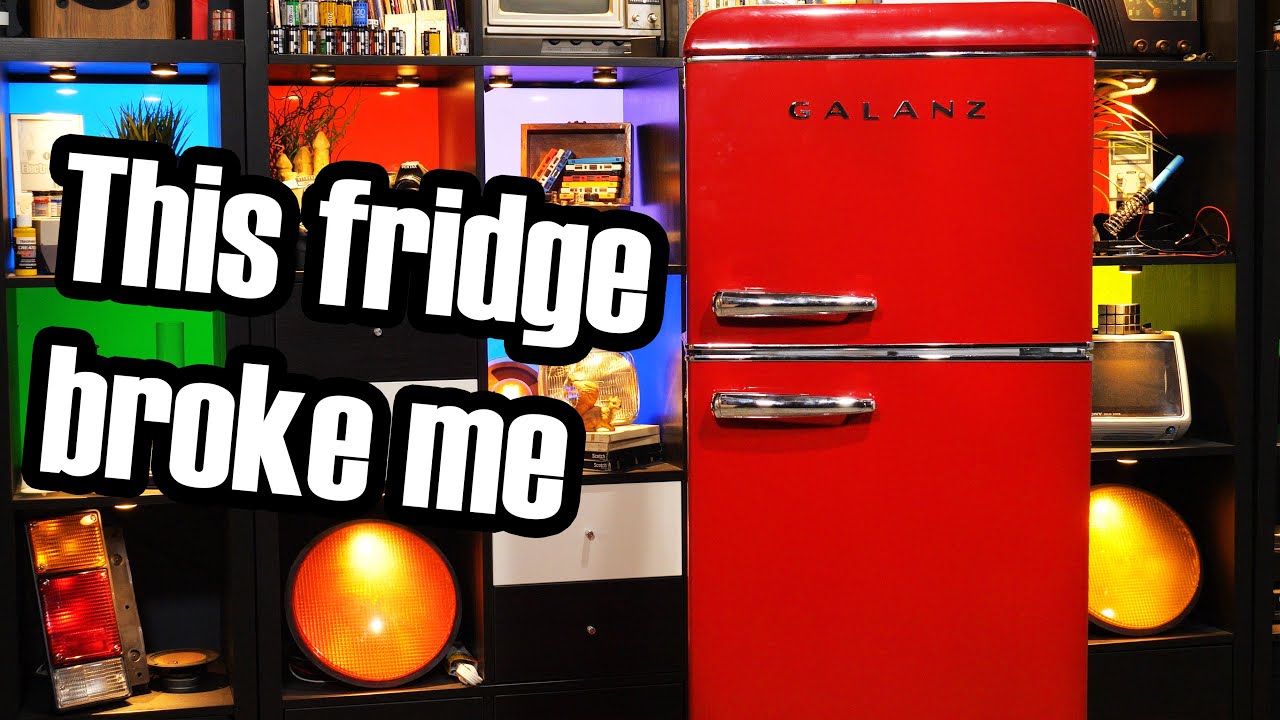- cross-posted to:
- videos@kbin.social
- dach@feddit.de
In a video by @Techconnectify@mas.to, Alec goes into a deep dive into the simplicity of his particular model, its shortcomings and variety of data logging tests in an attempt to fix them.
TL,DW: Very simple, cheap and ingenious design, with one compressor loop between the fridge and freezer in series. However, its temperature sensor is wonky and so the fridge is more affected by how long the compressor operates than the actual temperature itself. There is a signficant temperature differential between the top and bottom, fans on the exterior or interior could help but with the faulty sensor only made matters worse. With the controller replaced with a proper temp control unit the fridge functioned much better.



Haha, yeah, our fridges are certainly needless excess, but most kitchens here are also a lot larger and consumers here for decades have opted to size up their fridges.
We have washing machines (for clothes, to be clear) usually in another room with a drier. I’m not entirely sure when driers came into vogue, but it’s been at least a couple generations. Very few homes have clotheslines. Old houses may have them both in the kitchen, my last home was built in the late 1890s and had them both there (drier was retrofit, there were mounts for clotheslines, but no actually lines anymore), but it’s not really typical.
Oh man, our plugs, don’t even get me started. Far as I know, most people who know about international plugs hate them just as much. We should have adapted a different standard forever ago, but no, the dumb standard from the original electric rollout has persisted and will never change.
I have no idea what you mean about power strips, I’m not sure I’ve much thought about that one. Can you share an image of what a typical one looks like in your neck of the woods?